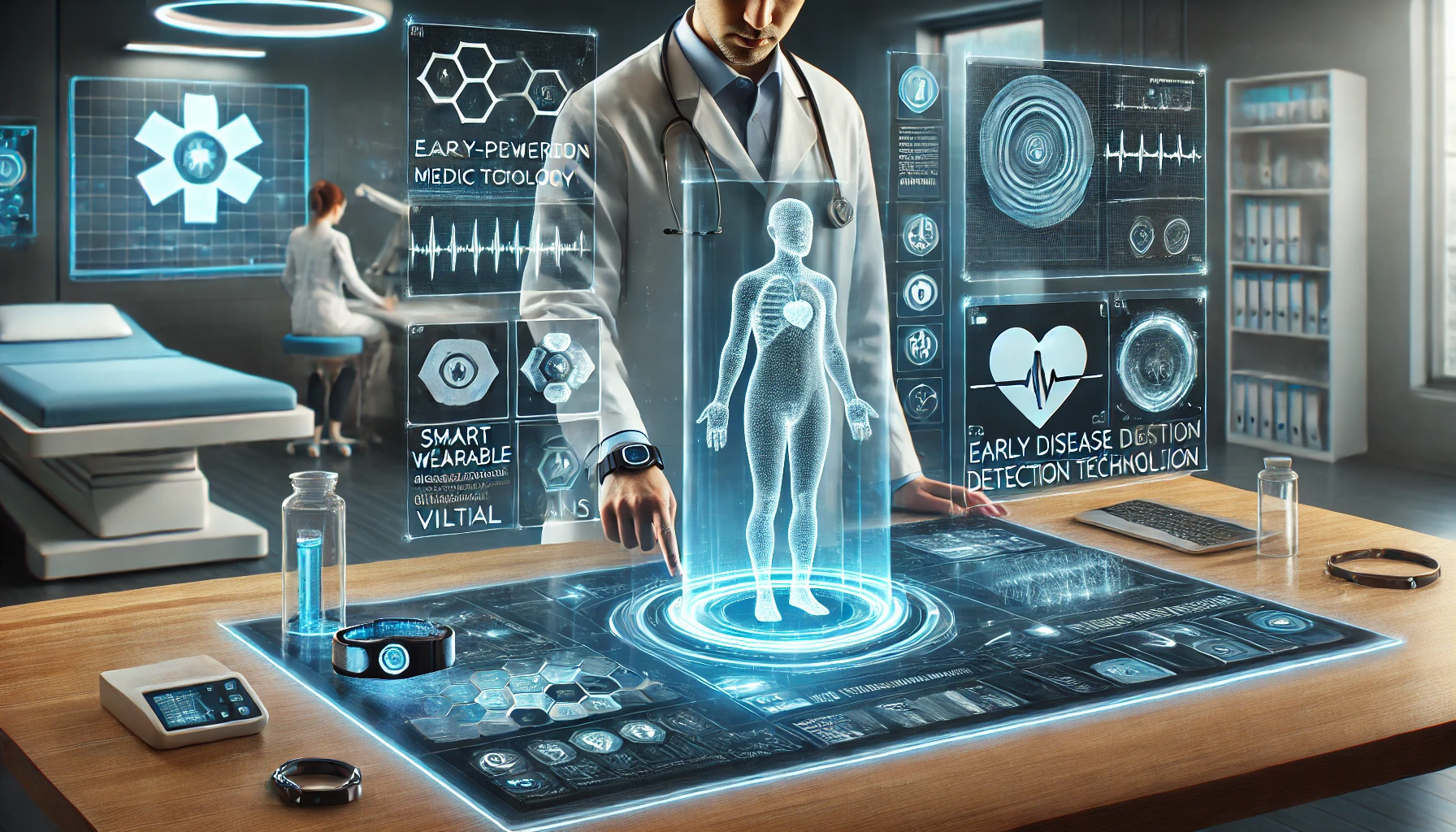Medical coding the most important tool for RCM!!
What is Medical Coding?
Medical coding is the transformation of healthcare diagnosis, procedures, medical services, and equipment into universal medical alphanumeric codes.
This helps summarize otherwise cumbersome medical reports into efficient, data-friendly codes.
The foundation of Medical coding goes back to the 18th century when public bills of mortality were posted in London. It provided medical professionals with valuable data gathered to determine the cause of the cholera epidemic.
Medical coders translate physician’s reports into useful medical codes. These professionals work behind the scenes in a variety of settings, ensuring all pertinent information is coded appropriately to ensure consistency and accuracy.
After a medical provider examines or treats a patient, the insurance company needs to understand what was done to process the bill. Common language is inexact to give the insurance company the accurate details it needs, so a set of specific codes has been established to define medical procedures. It is the role of a medical coder to provide this information in a way that is useful and efficient.
A record of a patient’s visit not only benefits the physician, but it’s also how they get paid. Medical codes translate the documentation into standardized codes that let payers know things, such as:
- A patient’s diagnosis
- The medical necessity for treatments, services, or supplies the patient was given
- Any abnormal circumstances or medical conditions that affected those treatments and services
Medical coders must understand anatomy, physiology, evaluation & management services, the business of medicine, and the requirements of the payers to succeed.
Why is Medical Coding Needed?
The healthcare revenue stream is based on the documentation of what was learned, decided, and performed and what was the relevance of the procedures performed.
A patient’s diagnosis, test results, and treatment must be documented, not only for reimbursement but to ensure high-quality care during future visits.
Also, it makes a storyline around a patient making future follow-ups to be easy.
The biggest challenge faced is that there are thousands of diagnoses, illnesses, injuries, and causes of morbidity and mortality. There are numerous services performed, multiple injectable drugs and supplies to be tracked.
Medical coding helps and streamlines this big number by classifying everything under different codes thus making the tracking and reporting easy and standardized across the country.
Also, in Healthcare there are multiple descriptions, acronyms, names, and eponyms for each disease, procedure, and tool. Medical coding helps by standardizing the language and its presentation including all the elements so that it can be easily understood and tracked.
This common language was mandated by the Health Information Portability and Accountability Act (HIPAA), and it allows hospitals, providers, and payers to communicate easily and consistently.
Types of Code Used
ICD 10 (International Classification of Diseases, 10th Edition, Clinically Modified)
ICD-10-CM includes codes for anything that can make you sick, hurt you, or kill you. The 72,000+ code set is made up of codes for conditions and disease, poisons, neoplasms, injuries, causes of injuries, and activities being performed when the injuries were incurred. Codes are “smart codes” of up to seven alphanumeric characters that specifically describe the patient’s complaint.
CPT (Current Procedural Terminology)
This code set, owned and maintained by the American Medical Association, includes more than 10,000+ five-character alphanumeric codes describing services provided to patients by physicians, paraprofessionals, therapists, and others. Most outpatient services are reported using the CPT® system. Physicians also use it to report services they perform in inpatient facilities.
ICD 10 PCS (International Classification of Disease, 10th Edition, Procedural Coding System)
ICD-10-PCS is a 78,000+ alphanumeric code set used by hospitals to describe surgical procedures performed in operating, emergency departments, and other settings.
HCPCS Level II (Health Care Procedural Coding System)
Developed originally for use by Medicare, Medicaid, Blue Cross/Blue Shield, and other providers to report procedures and bill for supplies, HCPCS Level II’s 7,000-plus alphanumeric codes are used for many more purposes, such as quality measure tracking, outpatient surgery billing, and academic studies.
CDT (Code on Dental Procedures and Nomenclature)
CDT codes are owned and maintained by the American Dental Association (ADA). The five-character codes start with the letter D and used to be the dental section of HCPCS Level II.
NDC (National Drug Codes)
The Federal Drug Administration’s (FDA) code set is used to track and report all packages of drugs. The 10-13 alphanumeric character smart codes allow providers, suppliers, and federal agencies to identify drugs prescribed, sold, and used
Modifiers
CPT and HCPCS Level II codes use hundreds of alphanumeric two-character modifier codes to add clarity. They may indicate the status of the patient, the part of the body on which a service is being performed, a payment instruction, an occurrence that changed the service the code describes, or a quality element.
MS – DRG and APC
Two federal code sets used to facilitate payment deriving from those above systems are MS-DRG and APCs. They rely on existing codes sets but indicate the resources consumed by the facility to perform the service.
MS – DRG (Medical Severity Diagnosis Related Groups)
MS-DRGs are reported by a hospital to be reimbursed for a patient’s stay. The MS-DRG is based on the ICD-10-CM and ICD-10-PCS codes reported. They are defined by a particular set of patient attributes which include principal diagnosis, specific secondary diagnoses, procedures, sex, and discharge status.
APC (Ambulatory Payment Categories)
APCs are maintained by the Centers for Medicare & Medicaid Services (CMS) to support the Hospital Outpatient Prospective Payment System (OPPS). Some outpatient services in a hospital, such as minor surgery and other treatments, are reimbursed through this system.
Conclusion
High-quality Medical coding is critical for accurate reimbursements and for maintaining Billing hygiene. Medical coding errors can result in claim denials, and also may create unwarranted compliance issues which may cost a lot to the firm.
Status Neo with its highly qualified and experienced team has played an instrumental role in helping to set up the Coding teams and initiatives for US-based providers, thereby streamlining their billing mechanisms and reducing the Claim denials for the same. It has helped businesses in improving their ROI.
Add Comment
You must be logged in to post a comment.







